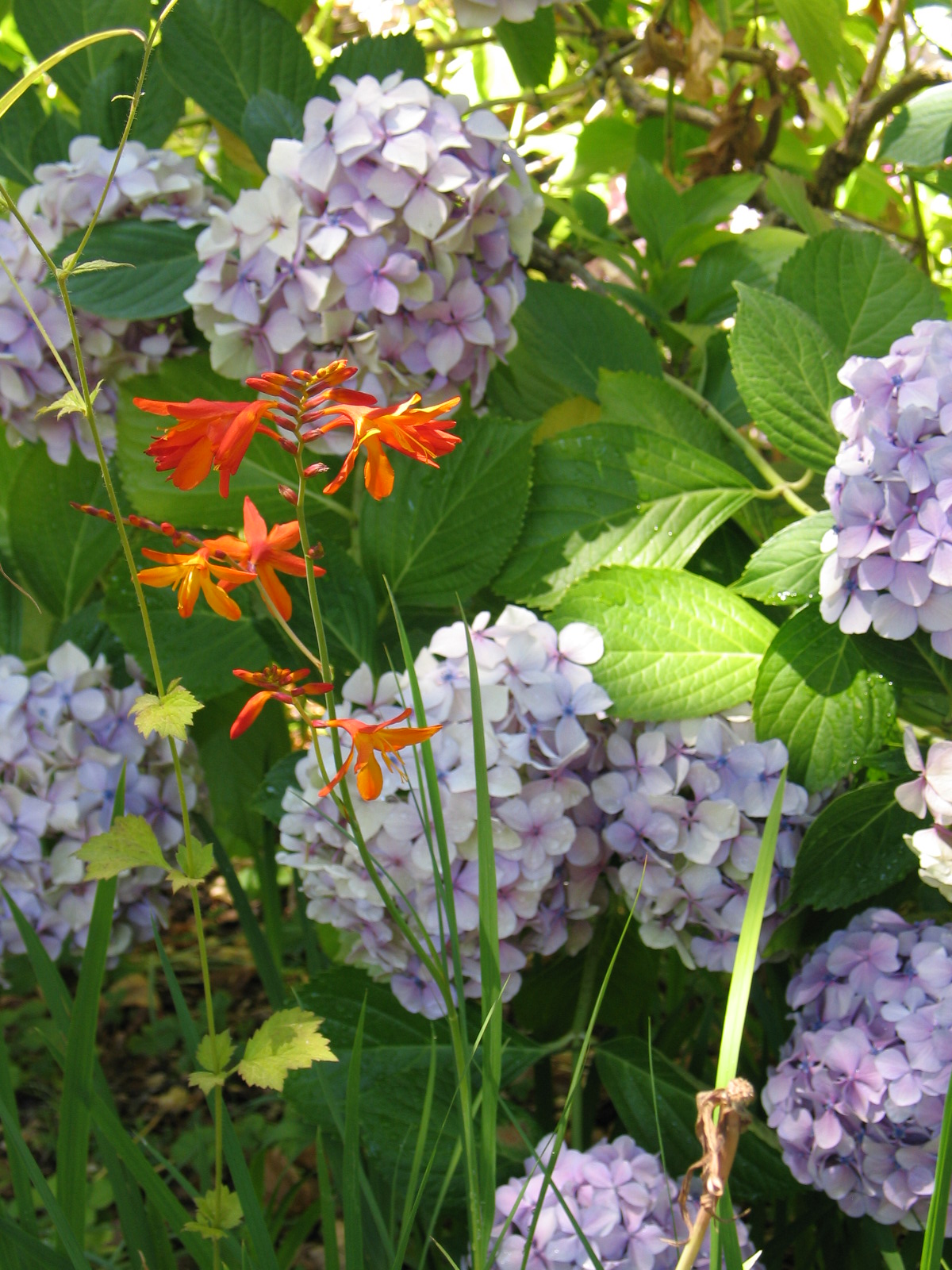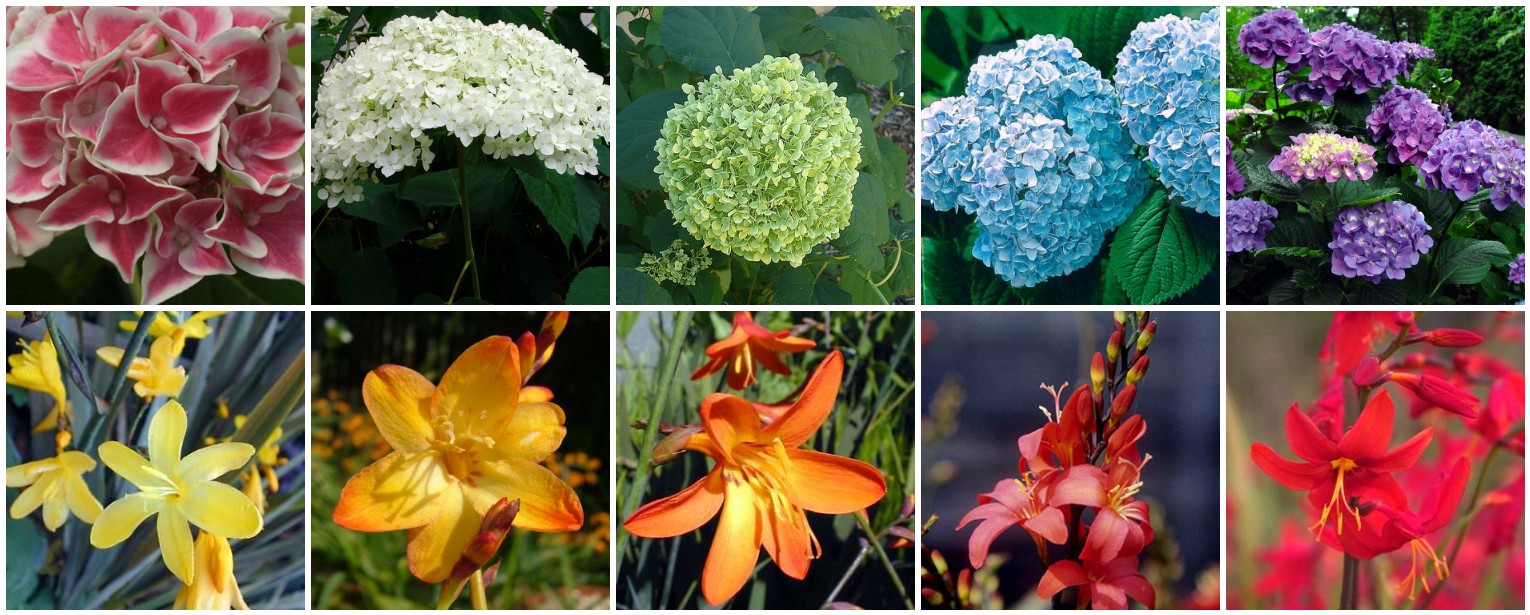A new client's project calls for seasonal plantings in two important pots sitting atop columns flanking the front walkway. I hope to be able to show you the changes we make to the planting palette in the rest of the garden, not sure when, but tonight I have seasonal plantings on the brain.I don't get asked for seasonal plantings very often, so I dove into all the bazillions of options - so many plants, so many cultivars of each! Do you know how many Violas there are? Heucheras? Ipomoea, Coleus, Petunia, and so forth!!? I wound up with 60 photos in short order and had to figure out how to organize it so the Owner (or I) wouldn't have a stroke from too many options. Below are 36 of the 60 I saved right off the bat, you can see how the editing process becomes king. Some are my own photos, some from various growers, many came from Proven Winners (credit where it is due!) which is a large commercial grower that supplies pretty much every nursery I know:There are many constraints in narrowing this down: changes pending in the rest of the garden, soil volume in the planters, and the intention of swapping the plants out seasonally. Additionally, whatever we plant has to look good when it is new, add color coordinated with a TBD planting palette, and be showier than the succulents they have now which blend-in too much with their surroundings. The most limiting of these is the soil volume - not much soil volume = not big plants and not very many. I know, we've all seen photos of amazing stuff in teensy pots, but this is usually the result of growers' careful (read: fertilized like crazy under perfect greenhouse conditions) management and not what we might expect at home.I assume you're familiar with the "recipe" for container plantings? Some say you need "spillers", "fillers", and "thrillers". That's great if you have room for all that diversity and you want mixed plantings. I am not so sure these planters will look so good with too many different things; the soil is only 13" across and 9" deep. They're beautiful planters, just not very big.I came up with a strategy - after I saved all those photos. My strategy with most planting palettes is to gather in lists and photos everything I think will work and then edit until only a few favorites remain. I often print photos of everything and arrange them all over my desk, developing groupings of favorites and rejects, moving photos between these groups often until I've covered all the bases - seasonal interest, form, leaf color and texture, etc. Further edits seek to eliminate anything that clutters the vision, and viola! ... until I show it to my Client ...So tonight, to stave-off the aforementioned stroke, I limited the plants to 3 options: two plant combos, one plant that will fill-in, and bulbs planted under something else. I further limited the options to annuals (except the bulbs) and to color groupings I named "Chartreuse Juice" (a small sample of the options above) and "Lavender Carmel" (a small sample of the options below). They seemed to separate themselves out naturally and fit in with the two plant palette options I am proposing for the rest of the garden.Given that the planters are only big enough for one or two kinds of plants at a time, that will be the next step with the Client - what looks good together? What can stand on its own? I still have waaay too many options, but I know my favorite combinations, and the outliers will be held back so we both don't need ambulances by the end of our meeting.(and yes, I had entirely too much fun with Big Huge Labs making these mosaics)
Planting Inspiration - a thought
 I wonder sometimes about the planting design process of other designers. Some always design the "bones" of the garden first and work their way down to smaller plants, others begin with a point of inspiration, a style, and build a garden around that concept. I seem to work in more than one direction at a time. Occasionally a garden will tell me what it wants to be, sometimes I have to ponder longer to find its voice.Whatever happens on a project, though, I maintain a substantial image library. I recently visited Filoli earlier this month and took the photo above of Crocosmia and Hydrangeas planted together. I recognize that not everybody would respond favorably to this combination based solely on the colors, but seeing them together like that gave me the idea for this post - what if you compared several cultivars of Hydrangea with a variety Crocosmias (in a mix-and-match format)? What interesting planting combinations would arise? Would others find Crocosmia combined with Hydrangea attractive then?Just a thought. I like them all.
I wonder sometimes about the planting design process of other designers. Some always design the "bones" of the garden first and work their way down to smaller plants, others begin with a point of inspiration, a style, and build a garden around that concept. I seem to work in more than one direction at a time. Occasionally a garden will tell me what it wants to be, sometimes I have to ponder longer to find its voice.Whatever happens on a project, though, I maintain a substantial image library. I recently visited Filoli earlier this month and took the photo above of Crocosmia and Hydrangeas planted together. I recognize that not everybody would respond favorably to this combination based solely on the colors, but seeing them together like that gave me the idea for this post - what if you compared several cultivars of Hydrangea with a variety Crocosmias (in a mix-and-match format)? What interesting planting combinations would arise? Would others find Crocosmia combined with Hydrangea attractive then?Just a thought. I like them all.
Filoli Before Spring
Notice how even in lousy light and with the deciduous woody plants being void of leaves, this garden is photogenic? That it's simple (especially at this time of year, before the flower riot is in full swing) the plantings are stunning, and how the structure of this garden - the layers and mass of its "bones" - support the flower beds. When looking at the images, did you feel like it was not colorful enough? I didn't.
Read moreRidiculous quantities of inspiration
GAP Photos is a UK based website that has an insane quantity of garden photos. They've got the most amazing search abilities, and their photos list actual plant names whenever possible. Being of the UK, most of the images are "english garden" types, but there's also images of flower shows (like Chelsea) and beautiful veggies. I think the site speaks for itself, just watch the clock - a person could get lost in there for hours.
Mixed lawns - alternatives to turfgrass
Lawn daisies
Even if you don't go to the expense and trouble of removing an existing lawn regardless of its condition, simply overseeding with white clover can start a remarkable transformation. Adding clover to your turfgrass lawn can begins the transformation of adding little flowers, benefits from nitrogen fixing, and gaining a more textured, greener appearance.
Read moreObsess much?
mosaic green irises
Two of my favorite things below: silver/gray foliage and green flowering bearded irises. See, I told you it was esoteric.
Read more





